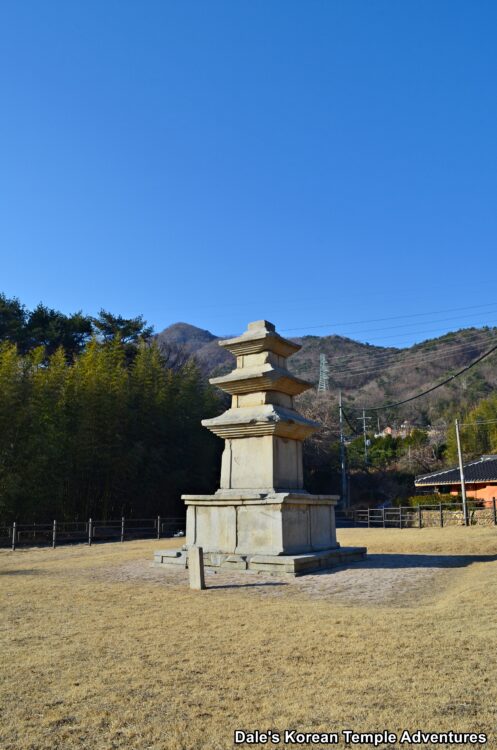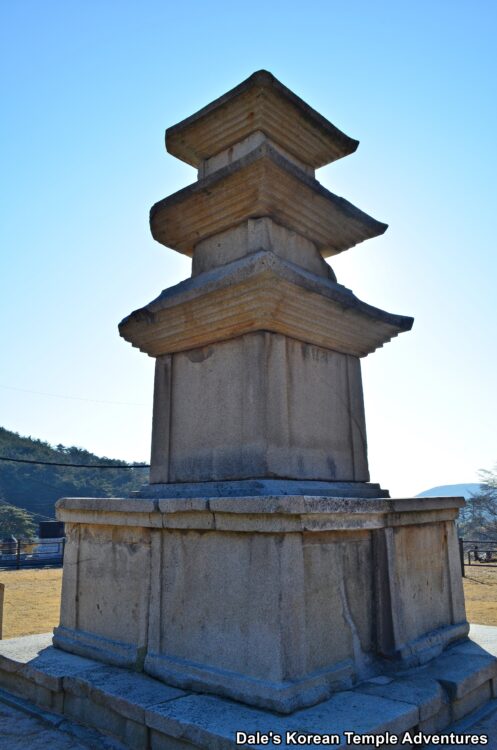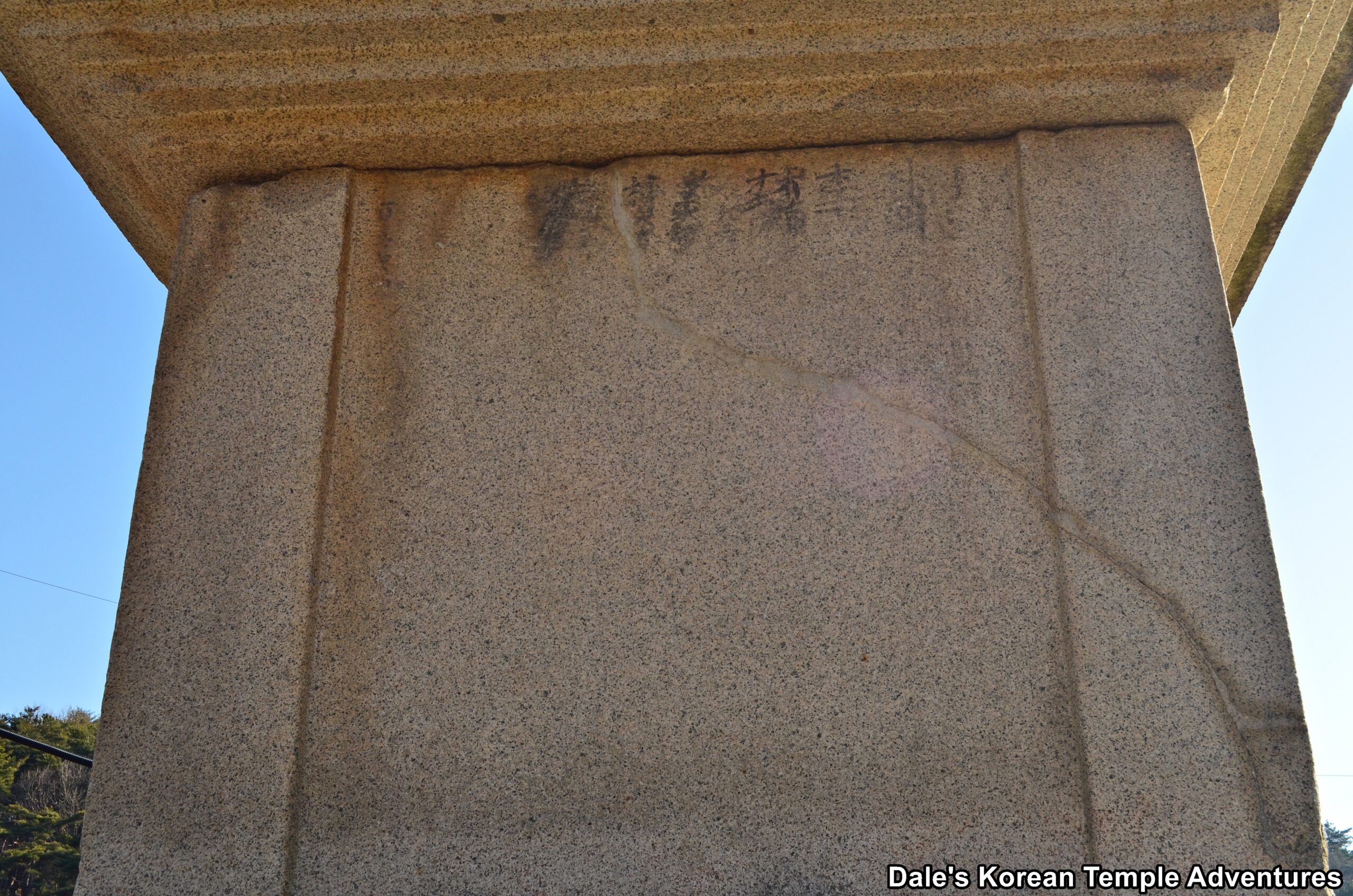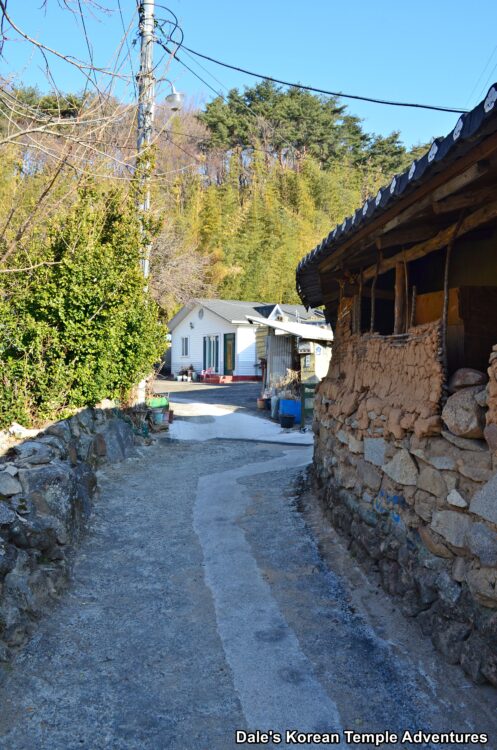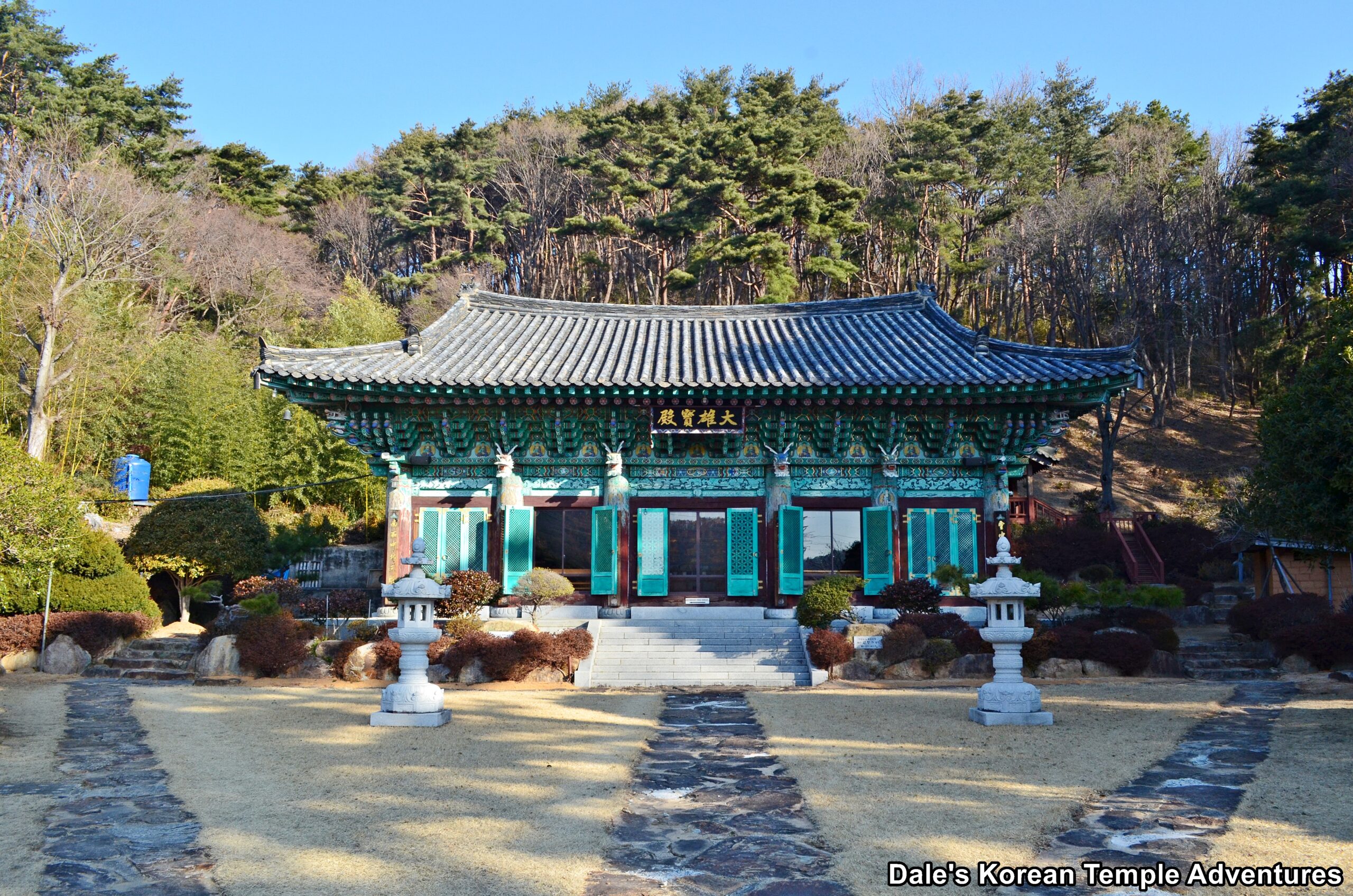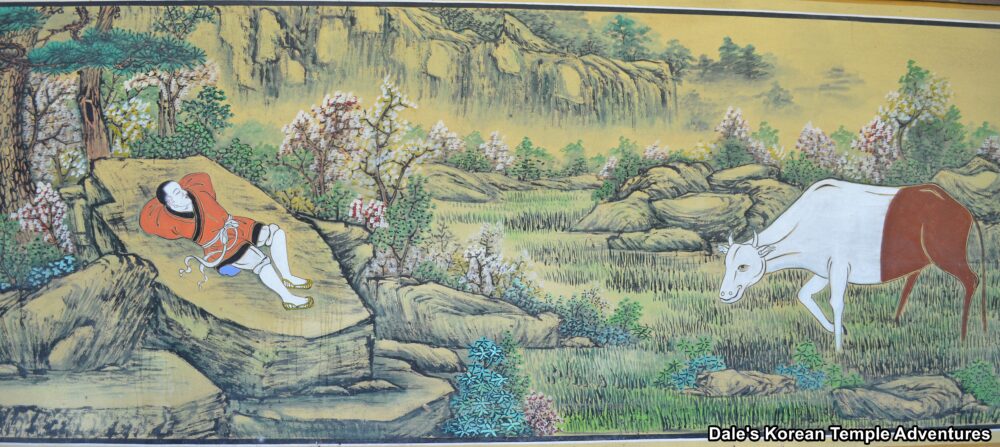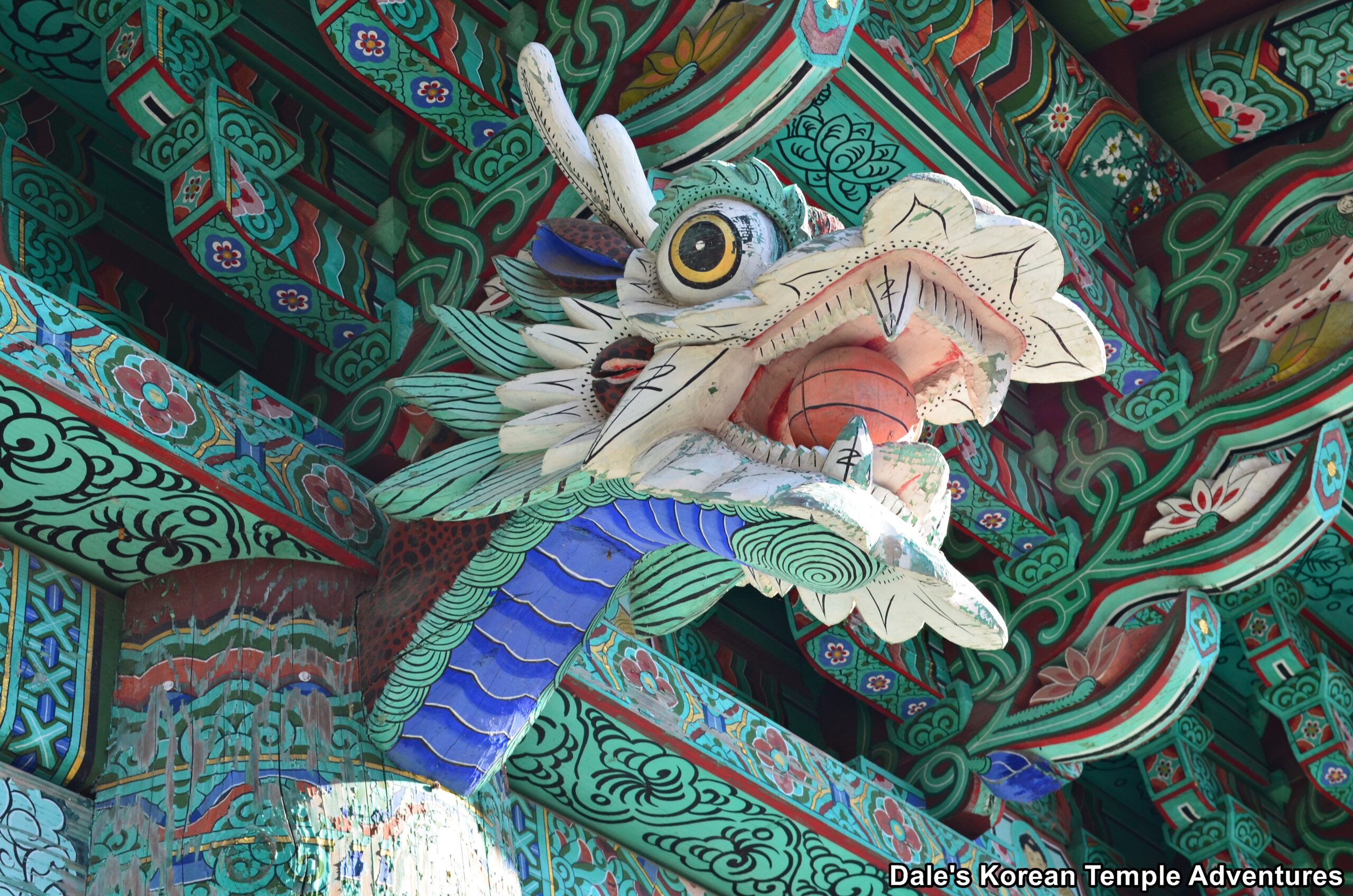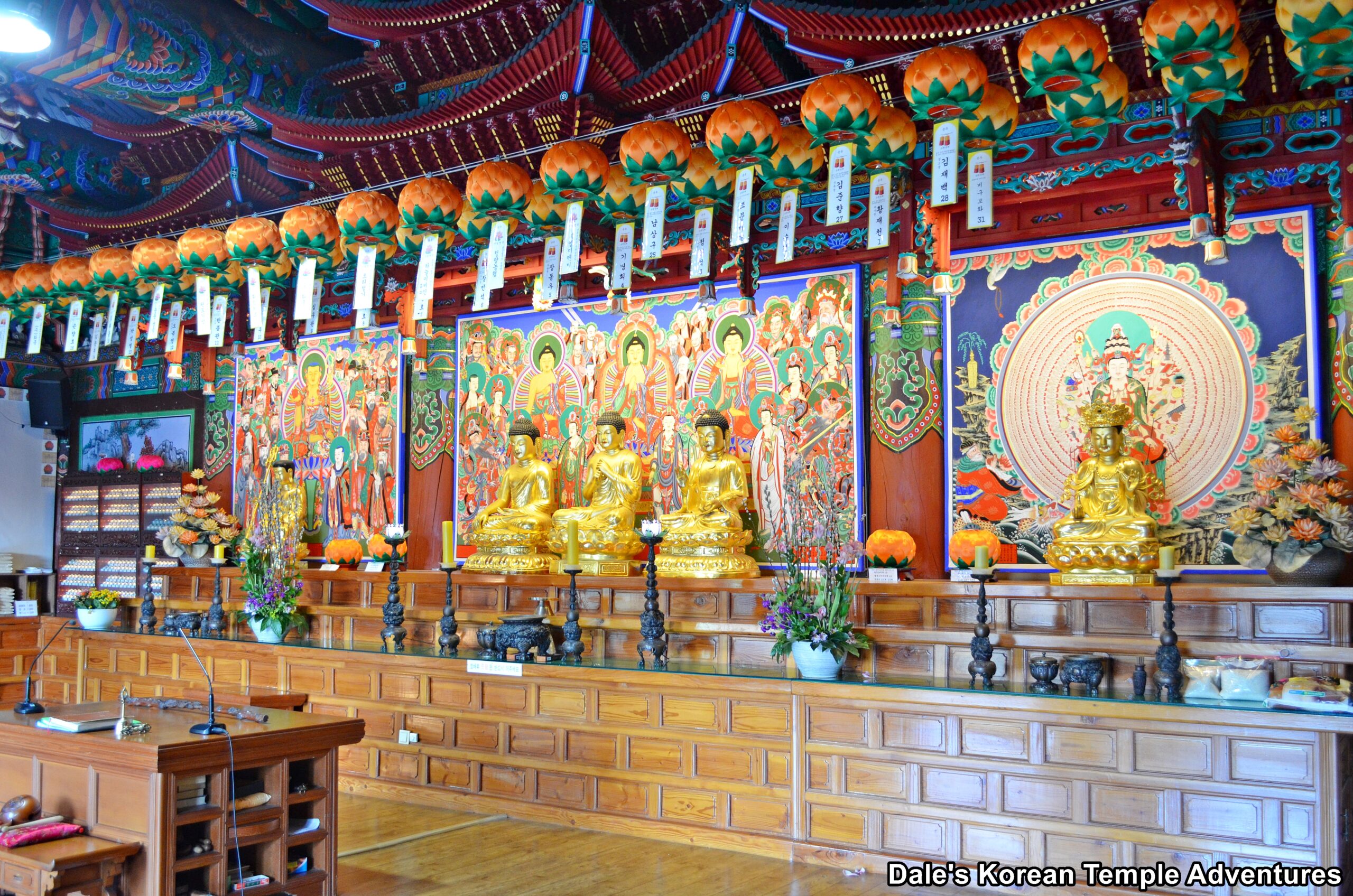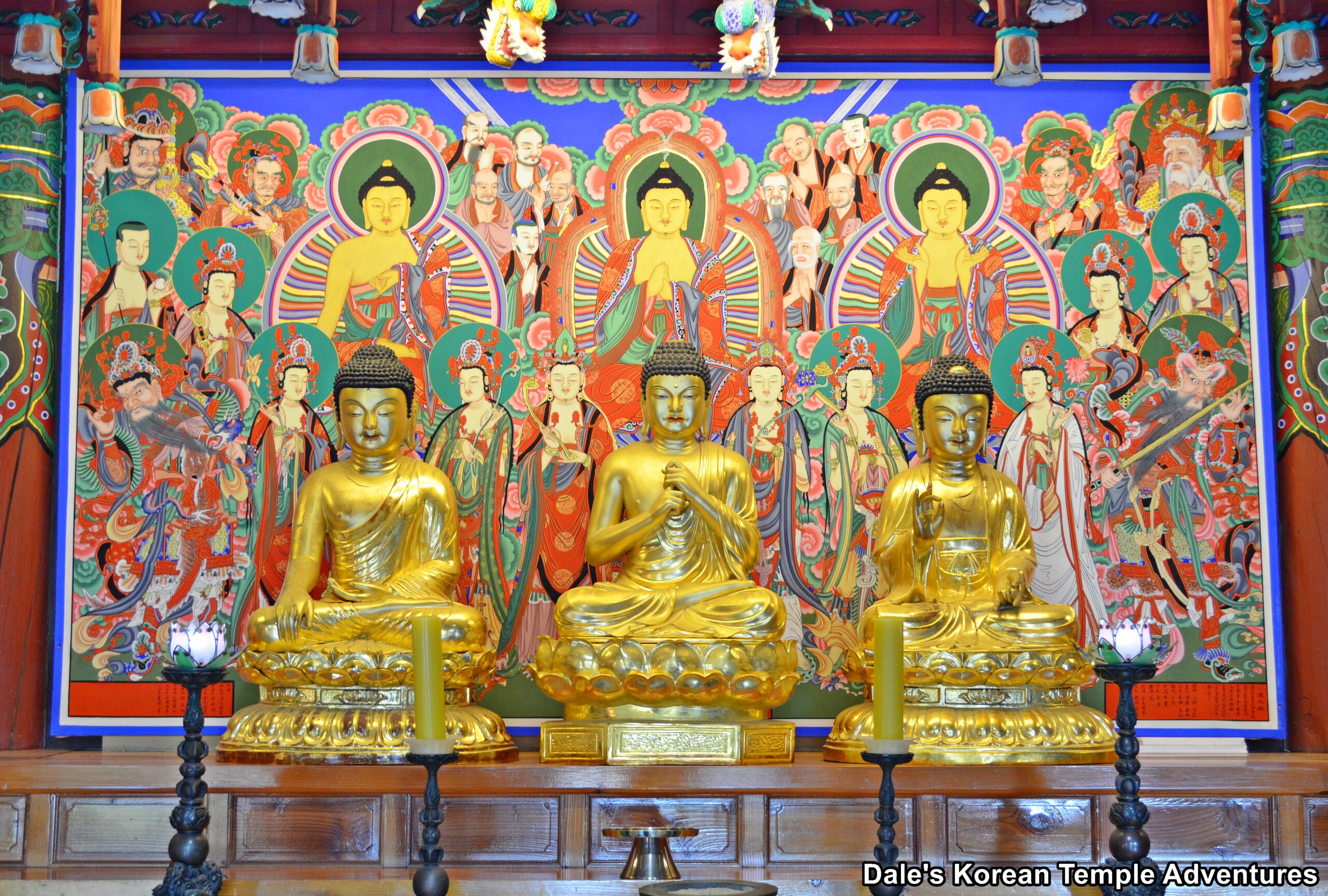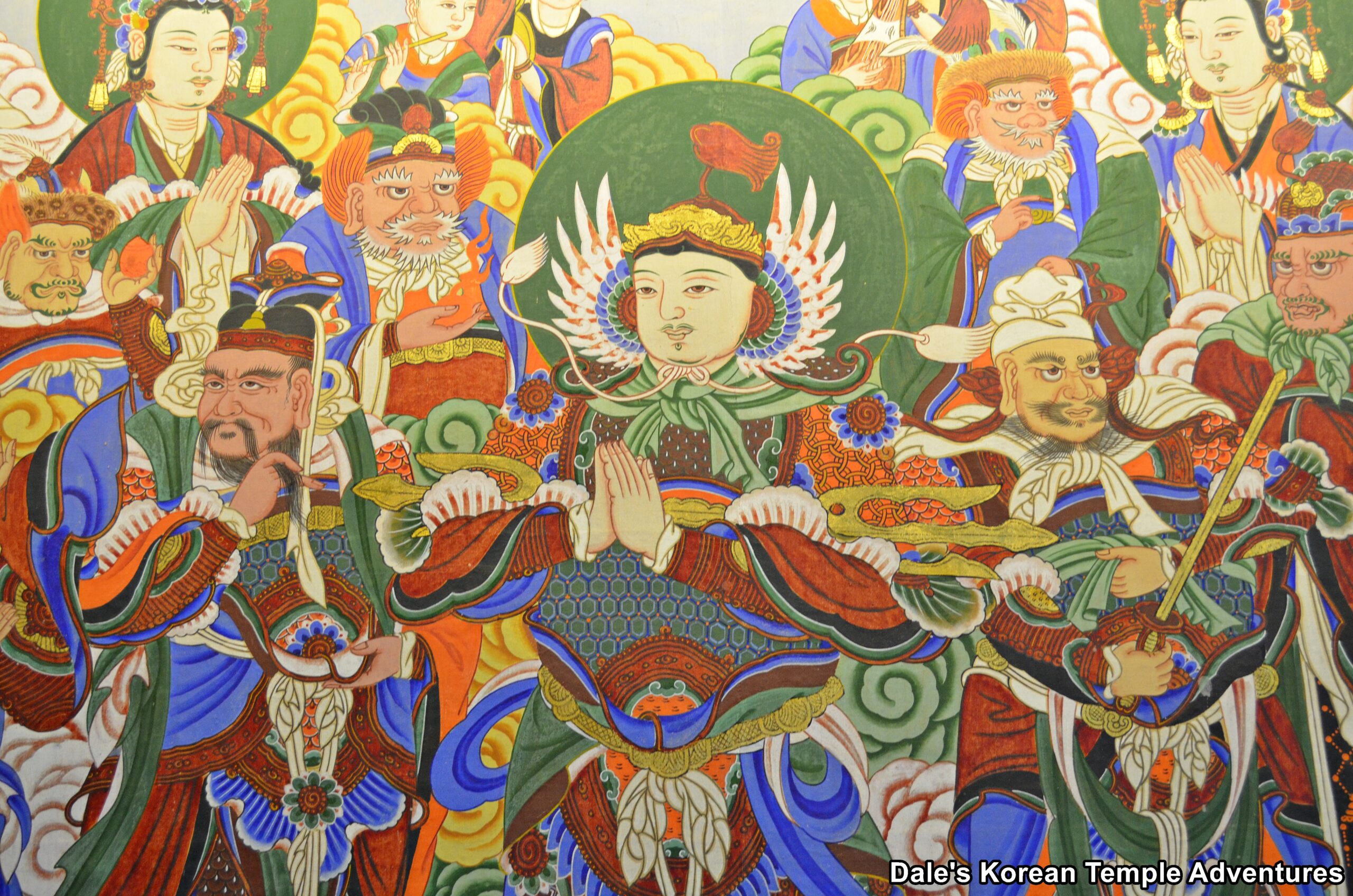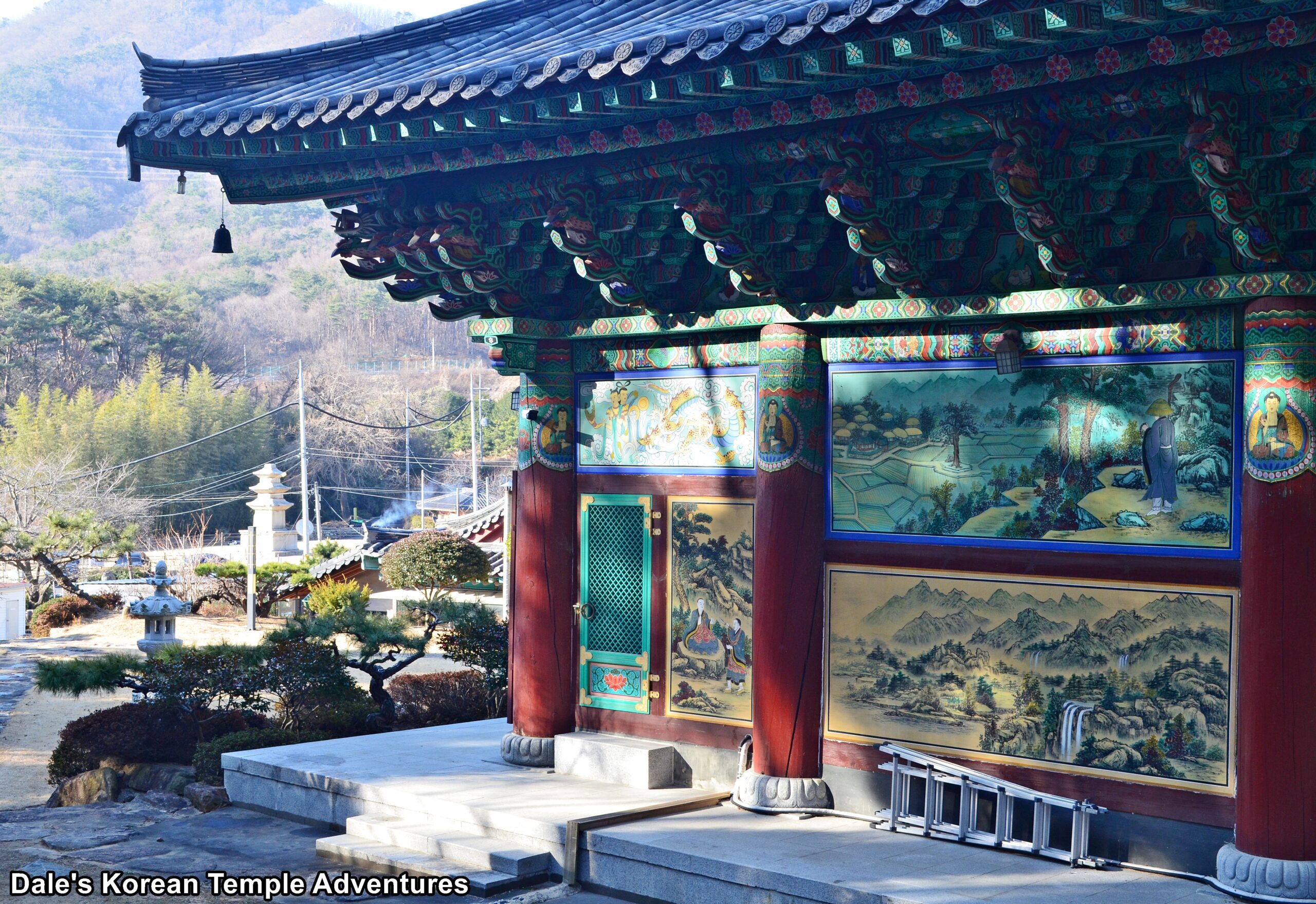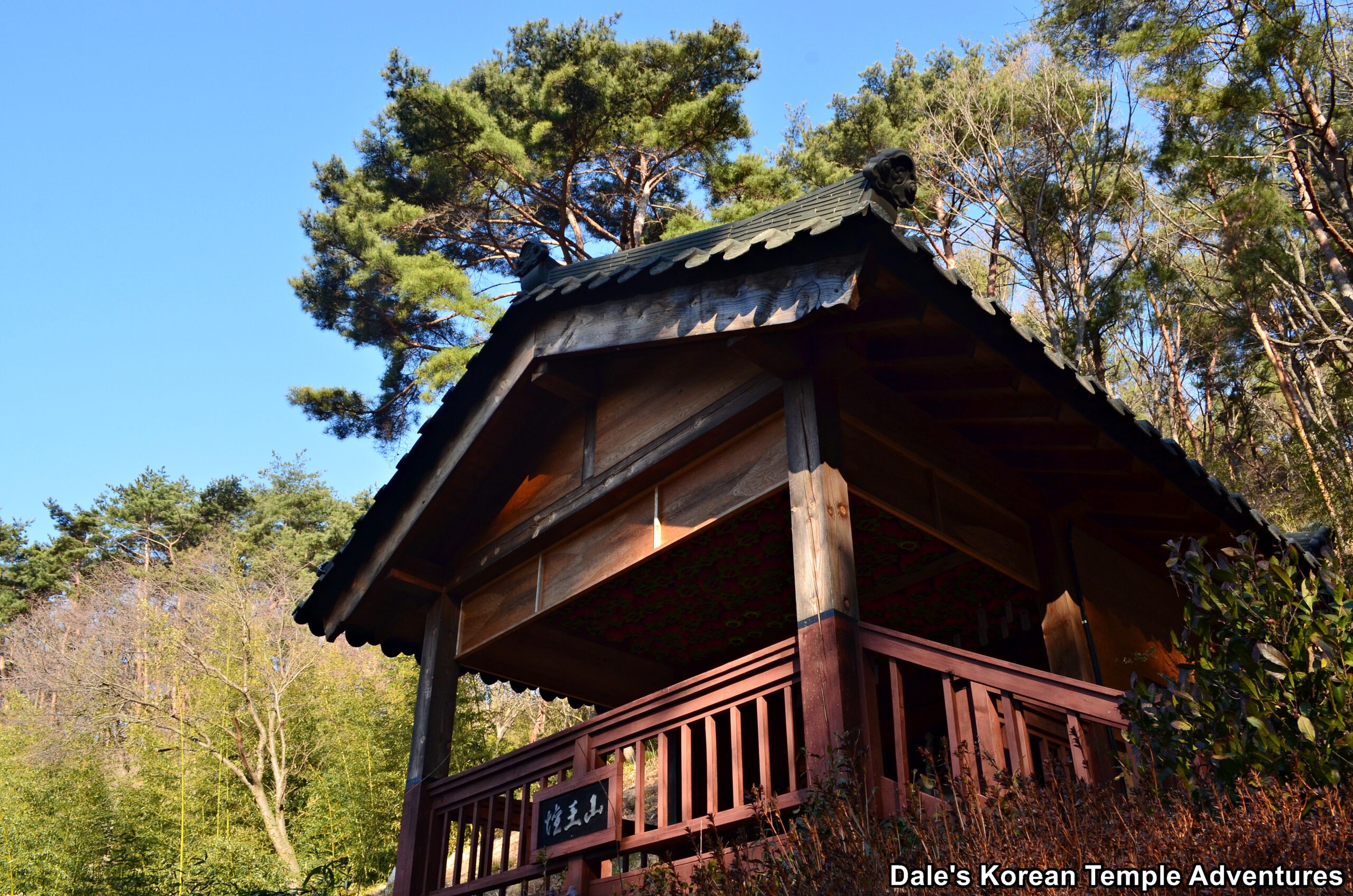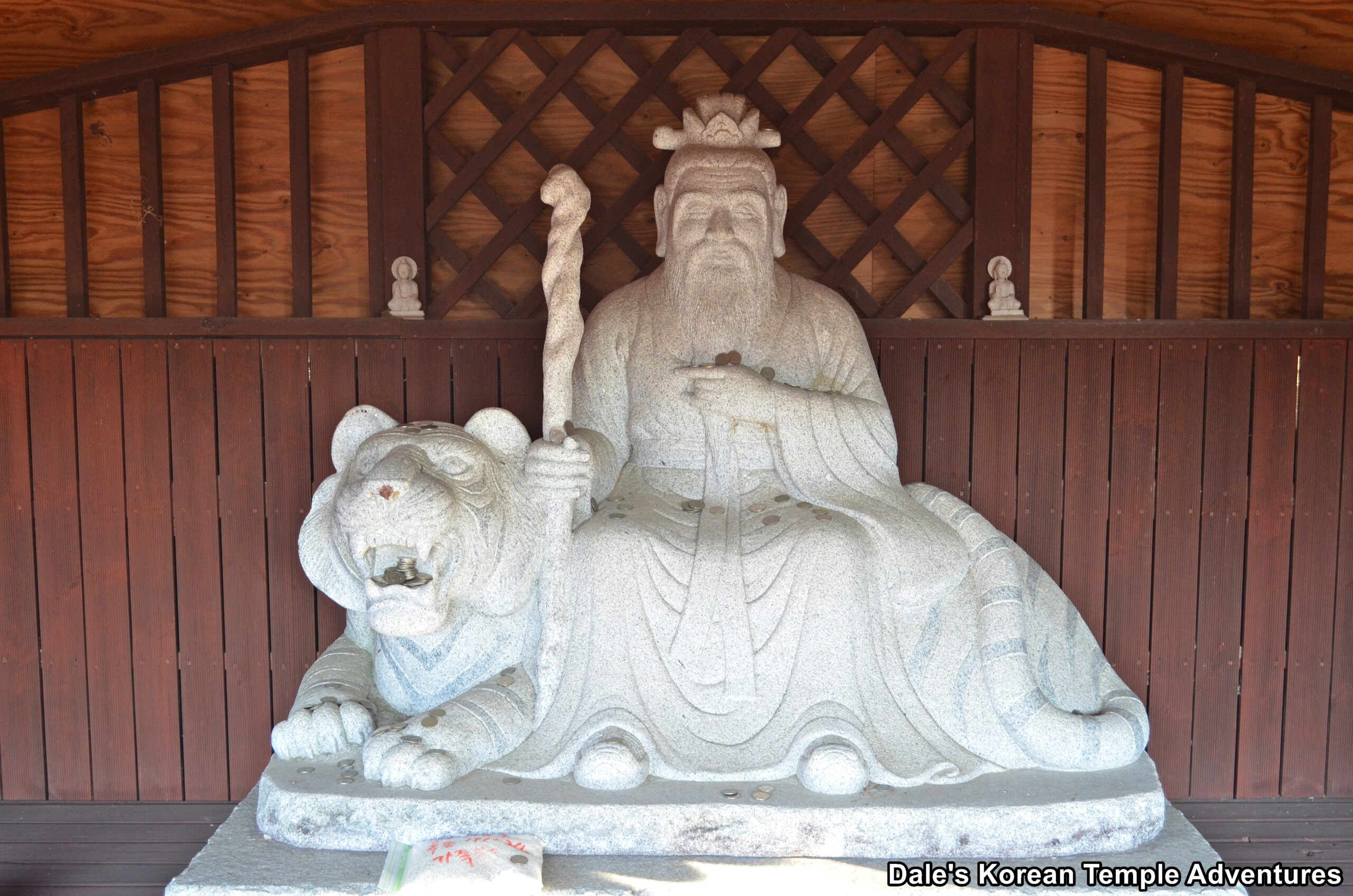Cheongsongsa-ji Temple Site – 청송사지 (Ulju-gun, Ulsan)
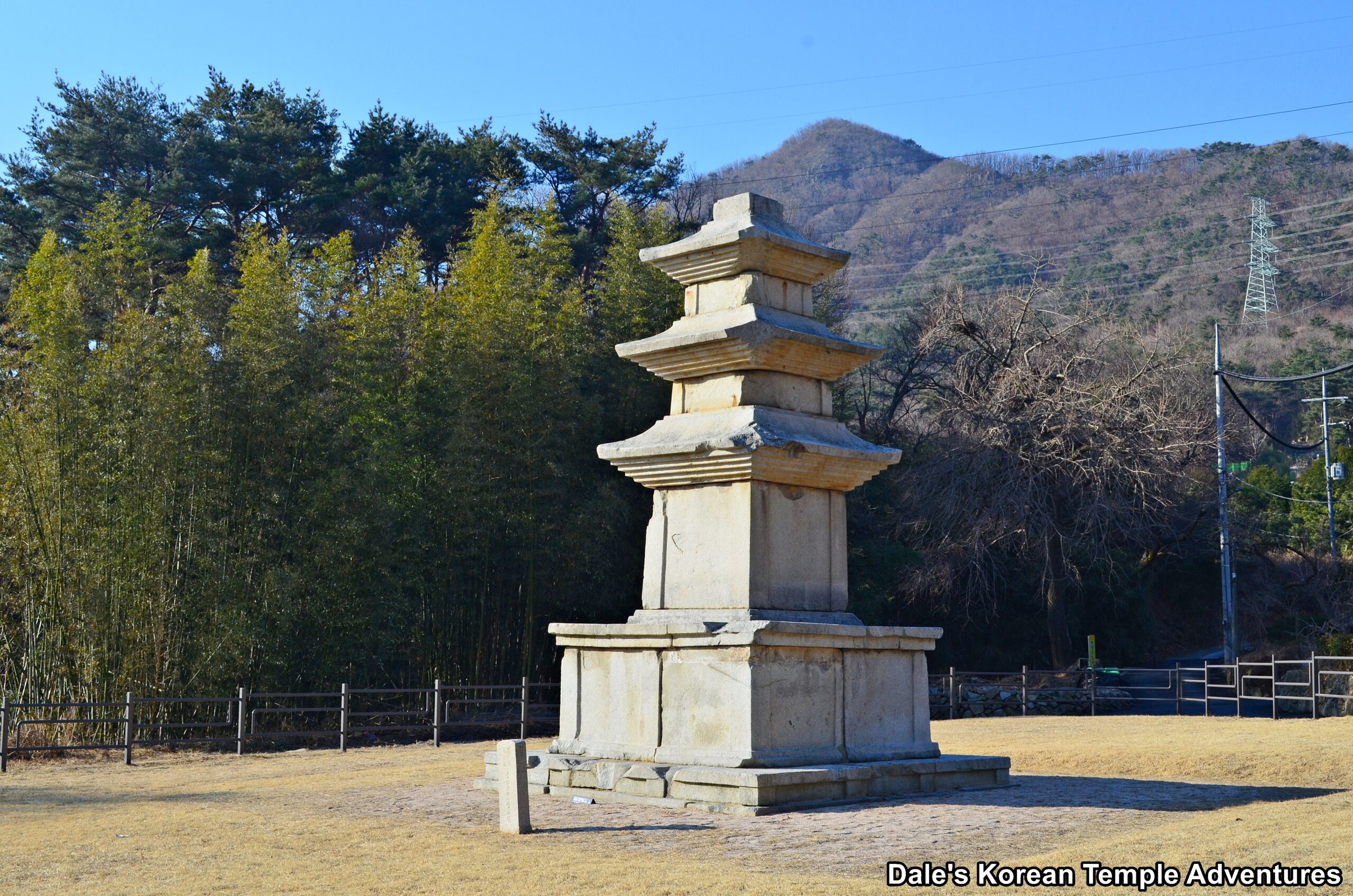
Temple Site History
The Cheongsongsa-ji Temple Site is located in Ulju-gun, Ulsan between Mt. Munsusan (600.1 m) to the north and Mt. Namansan (544.3 m) to the south. Rather interestingly, the Cheongsongsa-ji Temple Site is also a current and active temple named Cheongsongsa Temple. Cheongsongsa Temple was first built during the reign of King Hyoso of Silla (r. 692-702 A.D.). At the time of its original construction, Cheongsongsa Temple was quite a large temple that was equivalent to the size of a small village where the temple is currently situated. It’s assumed that the temple was closed in the mid to late Joseon Dynasty (1392-1910). The reason for this belief is that the temple appears in the Jeungdongguk Yeoji Seungram, which was compiled in 1481.
When the temple was being rebuilt in 1917, under the watchful eye of the monk Chundam, a rather unreal event took place. The residents of the village that surrounds the Cheongsongsa-ji Temple Site were carrying an image of a seated Amita-bul (The Buddha of the Western Paradise) from the Banghyeonsa Temple Site to a temple in Mt. Odaesan. When they came to the front of the newly rebuilt Cheongsongsa Temple, the residents were suddenly unable to take another step forward. And suddenly, the weather turned and it started to pour rain. These sudden events made the residents realize that the right place for the Amita-bul statue was in fact at the newly built Cheongsongsa Temple, so they enshrined it there. According to the very same myth; but this time, during Japanese Colonial Rule (1910-1945), the Japanese attempted to remove the statue of Amita-bul and bring the statue to Japan. However, the Japanese failed when sudden winds and waves prevented them from leaving Korea. Hearing this, Chundam visited the habour where the statue was being held. There, he had a Buddhist service in front of the statue of Amita-bul. However, after conducting this service, Chundam fell ill with a lingering illness without any known cause. Afterwards, and suddenly one day, the image of Amita-bul appeared to Chundam in a dream. In this dream, the statue chastised the monk for not re-enshrining the statue back at the newly built Cheongsongsa Temple. Afterward, Chundam was able to recover but only after expanding Cheongsongsa Temple and re-enshrining the image of Amita-bul back at the temple. It’s unclear if the image of Amita-bul inside the Daejeokgwang-jeon Hall is the very same statue from the modern temple myth.
The Cheongsongsa-ji Temple Site is home to one Korean Treasure. It’s the Three-Story Stone Pagoda at Cheongsongsa Temple Site, which is Korean Treasure #382.
Temple Site Layout
As you first approach the temple and temple site up a long twisting country road, you’ll first come across the Three-Story Stone Pagoda at Cheongsongsa Temple Site. This pagoda is a traditional three-story pagoda from Unified Silla (668-935 A.D.). It has a two-tiered stylobate (stepped platform), and the upper and lower stories of the stylobate have the same structure in which the pillar patterns are engraved on the corners and the centre. On top of the two-tiered stylobate rests a large base. Above the base is the body which is comprised of the main stones and roof stones. All are made from one stone. Of the three stories, it’s the first story that is especially tall and large, while the second story suddenly becomes smaller. The roof stones angle upwards at each of their corners. At the top of the pagoda, only the base to the finial still remains. From the overall style of the pagoda, it’s believed to date back to the 9th century. And during dismantling and renovative work conducted on the pagoda in 1962, a copper sarira case was found inside the pagoda that contained a standing bronze Buddha statue and about 30 additional items that included crystal, jade, and 16 glass beads.

To the north of this Korean Treasure, you’ll need to travel a couple of the back alleys that belong to the Cheongsong-maeul (village). Eventually, you’ll come out on the other side and be welcomed by the grassy courtyard of Cheongsongsa Temple. Straight ahead of you is a rather large Daejeokgwang-jeon Hall. This main hall is fronted by two seokdeung (stone lanterns) on either side of the central pathway. The exterior walls to the Daejeokgwang-jeon Hall are adorned with two sets of paintings. The first of the two, which are the upper paintings, are the Palsang-do (The Eight Scenes from the Buddha’s Life). And the lower set is the Shimu-do (The Ox-Herding Murals).
Stepping inside the Daejeokgwang-jeon Hall is a rather long main altar. The central triad has a central image dedicated to Birojana-bul (The Buddha of Cosmic Energy). And this statue is joined on either side by Seokgamoni-bul (The Historical Buddha) and Amita-bul (perhaps the historic statue from the temple myth). To the left of the central triad is a shrine dedicated to Jijang-bosal (The Bodhisattva of the Afterlife). And on the far left wall is a memorial for the dead. To the right of the central triad, on the other hand, is a shrine dedicated to Gwanseeum-bosal (The Bodhisattva of Compassion). And on the far right wall is a beautiful Shinjung Taenghwa (Guardian Mural).
To the right rear of the Daejeokgwang-jeon Hall, and up a set of stairs, is an open-concept Sanshin-gak Hall. This wooden pavilion has exposed sides with a large wooden roof over top. Stepping inside the pavilion, you’ll find a solitary stone image dedicated to Sanshin (The Mountain Spirit) at the back wall of the rustic pavilion.
How To Get There
From the Ulsan Intercity Bus Terminal, you’ll need to catch Bus #2300. You’ll need to take this bus for 17 stops, or 25 minutes, and get off at the “Yeonghae maeul – 영해마을” stop. From where the bus drops you off, which is next to the Ulju-gun County Office, you’ll need to head west up “Wuit-jitonggol-gil – 윗지통골길” road from the southern end of the county office grounds. You’ll pass under a highway bridge twice, and the road will eventually become the bisecting “Yulri-jung-maeul-gil – 율리중마을길” road. Finally, this road will become “Cheongsong-gil – 청송길” road. And this will lead you right up to the temple and temple site. The walk will take you about 50 minutes, or 2.5 km, from where the bus originally let you off.
Overall Rating: 6/10
The rest of the temple pales in comparison to the Three-Story Stone Pagoda at Cheongsongsa Temple Site. The pagoda is one of only a handful of Buddhist Korean Treasures in the city of Ulsan. The pagoda stands like a sentinel out in front of the village and the recently rebuilt Cheonsongsa Temple. In addition to this Korean Treasure, other highlights at the temple and temple site include the interior of the Daejeokgwang-jeon Hall and the rather uniquely designed Sanshin-gak Hall open-concept pavilion to the rear of the main hall.
